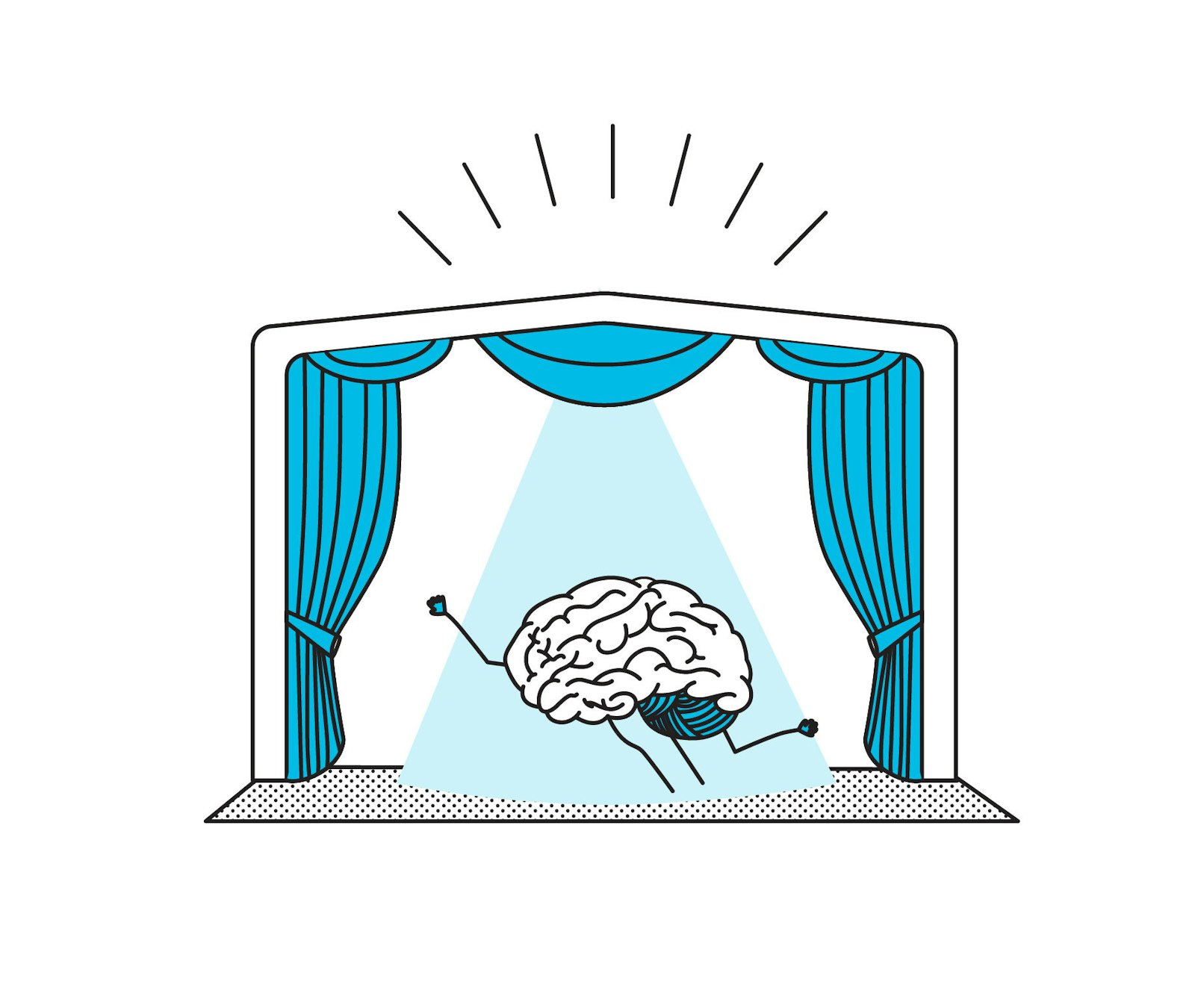Brands and Intellect

How brands and algorithms may be making us more dumb.
Are brands making us dumber? Or is this algorithm making me look fat?
Here’s the theory, starting with some prep on Daniel Kahneman’s work crafting the difference between System One and System Two thinking. If you have not read the book, you may want to check out this write up before continuing. System One: intuition, gut, learned but instinctual, reactionary, lazy and not reflective. System Two: calculating, logical, harder and certainly slower. The two different systems can also be seen in “Cops” and “West Wing”. Both show the government at work; one through the lens of System One, while the other showcases System Two thinking.
Brands are in themselves a shortcut and an example of how we have invented these things to enjoy System One living. The hard working brain (System Two) isn’t involved when you buy Tide again. This is good for P&G, and for you too, if you’ve worked System Two all day long. System One keeps the patterns and like many mammals, we love behavior patterns.
Extrapolate this out to all the decisions you make on a daily basis and you’ll likely find yourself in System One a majority of the time. That’s not bad and not the entire reason brands might be making us dumber. Algorithms are combined with brands and we have pushed the hyperdrive button on our intellectual decline, theoretically. Like brands, algorithms represent patterns, but in a digital code vs. a social code.
When brands and algorithms combine, we get the benefit of the little shortcuts all over. We have even less to think about and breaking an algorithm pattern means the code has to change. When a shopper orders Tide (large eCommerce retailer) each time they shop, another brand can offer a coupon or sample to break the social algorithm. But after awhile a shopper starts to just order laundry detergent and Tide shows up, because we can trust algorithms (like we do brands).
Day by day we move faster into the shallow end of the pool known as System One. Why think anymore when you can ask Uber where the best events are in town and ride there? Why deliberate over dinner choices when you can have an app pick your favorite location, make a reservation, and warm up the car?
Why not have a System Two lobotomy and use the extra space to store coffee? We hope you know this can’t happen physically, but theoretically it could happen genetically. Our genetic code is changing during our lifetime and perhaps not for the better. If we’re moving away from using System Two and living in System One, perhaps we’ll get a place where we atrophied our System Two abilities. This co-author of The Physics of Brand certainly has higher hopes for humanity.
Now you’re asking: “What can we do to avoid the dumbing of the human race?”
Everyone is “the other brand” to someone and it is your job to keep this from happening. It doesn’t come from having a better algorithm or even a bigger brand (interpret bigger as you like), rather a better creative team. Creativity is, in its very nature, an algorithm crusher. While machines are learning, they have yet to make the leaps our human creative spirit has achieved. We have to stop concerning ourselves with better code and coupons and move to ideas that reframe the conversation.
Let’s head back to Tide and their ownership of many brains in the laundry detergent aisle. When Target introduced Method 3:1 concentrate at aisle entry, they broke a social algorithm and a bunch of cognitive ones in shoppers. P&G had to respond with their own version of the same idea. When KIND Bars gained enough share with clear packaging for a nut and chocolate bar, Nature Valley had to respond with clear packaging.
No matter where you park your car in the morning, big corporate or small start up, you have the ability to break patterns. Take creative leaps, bust up some algorithms and redesign in your favor.
Thank you Leland Maschmeyer at Chobani for inspiring this post in your speech at Foresight & Trends in NYC. You can always connect with us to learn more, we don’t bite.


